
AeroGenie — ваш интеллектуальный второй пилот.
В тренде
Categories
Elin Air: A Nigerian Company’s Milestone in Domestic Aviation
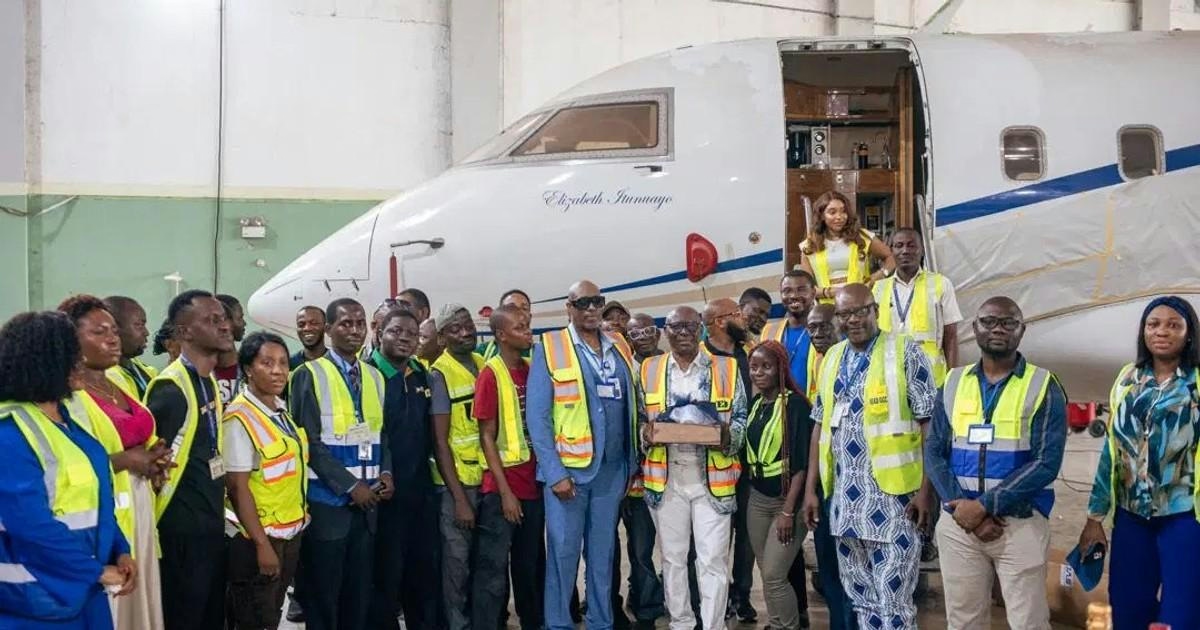
Elin Air: A Nigerian Company’s Milestone in Domestic Aviation
Elin Air has marked a significant achievement in African aviation by successfully completing the 7,800 landings check entirely within Nigeria—a pioneering feat on the continent. This accomplishment not only underscores the company’s technical expertise but also signals a transformative shift in the regional aviation industry, highlighting the growing capacity for complex aviation operations to be conducted domestically.
Demonstrating Local Capability and Expertise
Elizabeth, a senior executive at Elin Air, emphasized the broader implications of this milestone, stating that completing the 7,800 landings check locally affirms Nigeria’s possession of the necessary talent, infrastructure, and discipline to execute sophisticated aviation projects to the highest international standards. This achievement reinforces Elin Air’s dedication to operational excellence grounded in African capability. More broadly, it serves as a testament to Nigeria’s potential to reduce reliance on foreign maintenance facilities, retain economic value within the country, and inspire the next generation of aviation professionals.
Elin Air’s decision to carry out the entire operation with a fully local team reflects a strategic commitment to building indigenous capacity. Elizabeth noted that outsourcing such complex tasks results in the loss of opportunities, skills, and income. By entrusting Nigerian engineers and technicians with this critical project, the company sought to demonstrate that, with appropriate training, leadership, and resources, local professionals can meet and even exceed global standards.
Navigating Challenges and Upholding Standards
The inspection process presented numerous challenges, including sourcing specialized parts within tight deadlines, mastering the complexities of the 7,800 landings check, and ensuring full compliance with international safety and quality standards. Elin Air addressed these obstacles through close collaboration, strong supply chain partnerships, intensive cross-departmental training, and an unwavering commitment to safety protocols. Elizabeth reflected on these experiences, noting that each challenge became an opportunity for innovation, ultimately strengthening the company’s capabilities.
Strategic Vision Amid Economic and Market Dynamics
Elin Air’s milestone arrives against a backdrop of economic headwinds affecting Nigeria’s aviation sector, with recent reports from FSDH highlighting vulnerabilities linked to energy markets and financial flows. Despite these challenges, projections for Sub-Saharan Africa’s economic growth remain cautiously optimistic, with an expected increase of 3.8 percent. Within this context, Elin Air envisions establishing itself as Africa’s leading hub for Maintenance, Repair, and Overhaul (MRO) services. This strategic ambition aims to reduce the necessity for operators to send aircraft abroad for maintenance, thereby fostering a more self-sufficient and resilient aviation ecosystem. Elizabeth described this vision as more than a business objective, characterizing it as a legacy-building endeavor to elevate African expertise to a position of global respect and trust.
The Nigerian aviation market itself is evolving rapidly, with competitors such as Pacific Island Airlines and Spirit Airlines pursuing growth despite prevailing uncertainties. The recent rebranding of ELP Aviation to AI Crew Solutions further reflects a sector increasingly focused on technological innovation and crew management. Within this competitive landscape, Elin Air distinguishes itself through a steadfast emphasis on safety, personalized service, and operational efficiency without compromising quality. Elizabeth highlighted the company’s approach to private aviation as one that transcends mere transportation, offering tailored experiences where reliability seamlessly integrates with luxury.
As Elin Air continues to expand its MRO capabilities and set new industry benchmarks, its achievements exemplify the potential for African aviation to flourish through local expertise, strategic foresight, and resilience amid economic and competitive pressures.

How Airlines Use AI to Set Flight Prices and What Consumers Can Do

Juniper Expands Fleet with Converted Freighter Leasing

FlyOnE Launches Air-Taxi Service to Rottnest Island
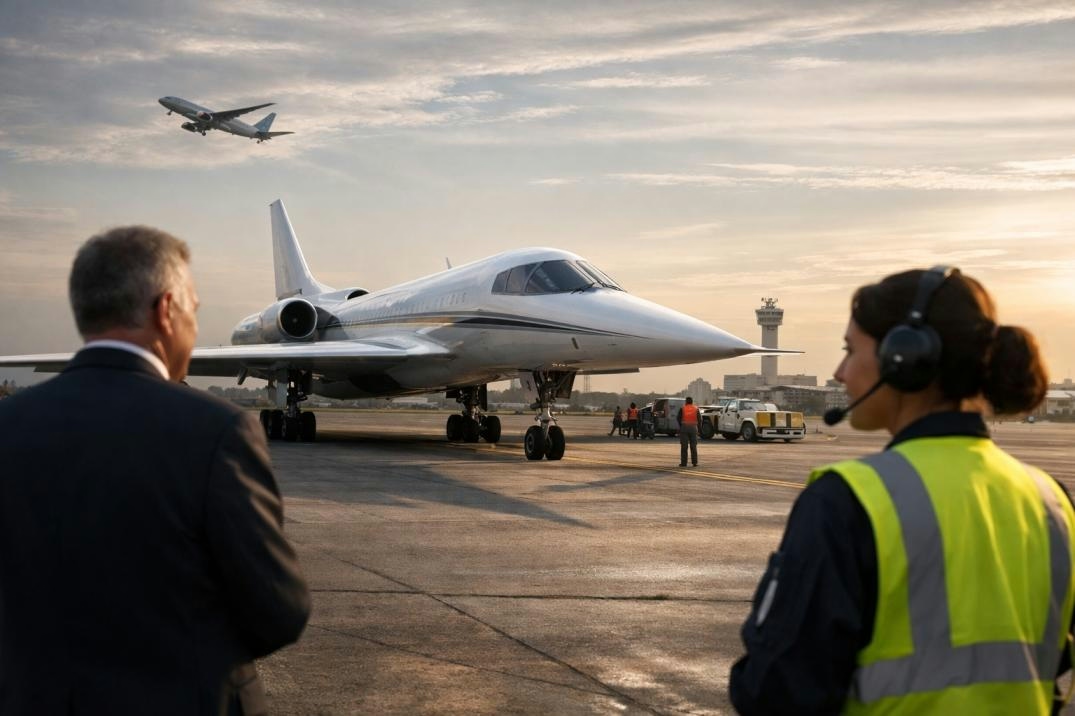
U.S. Plans to Resume Civil Supersonic Flights with Industry Support

MIT Proposes Method to Reduce Airplane Contrails and Climate Effects

The Boeing 747-8: Why It’s Rare on U.S. Routes and How to Experience It Abroad
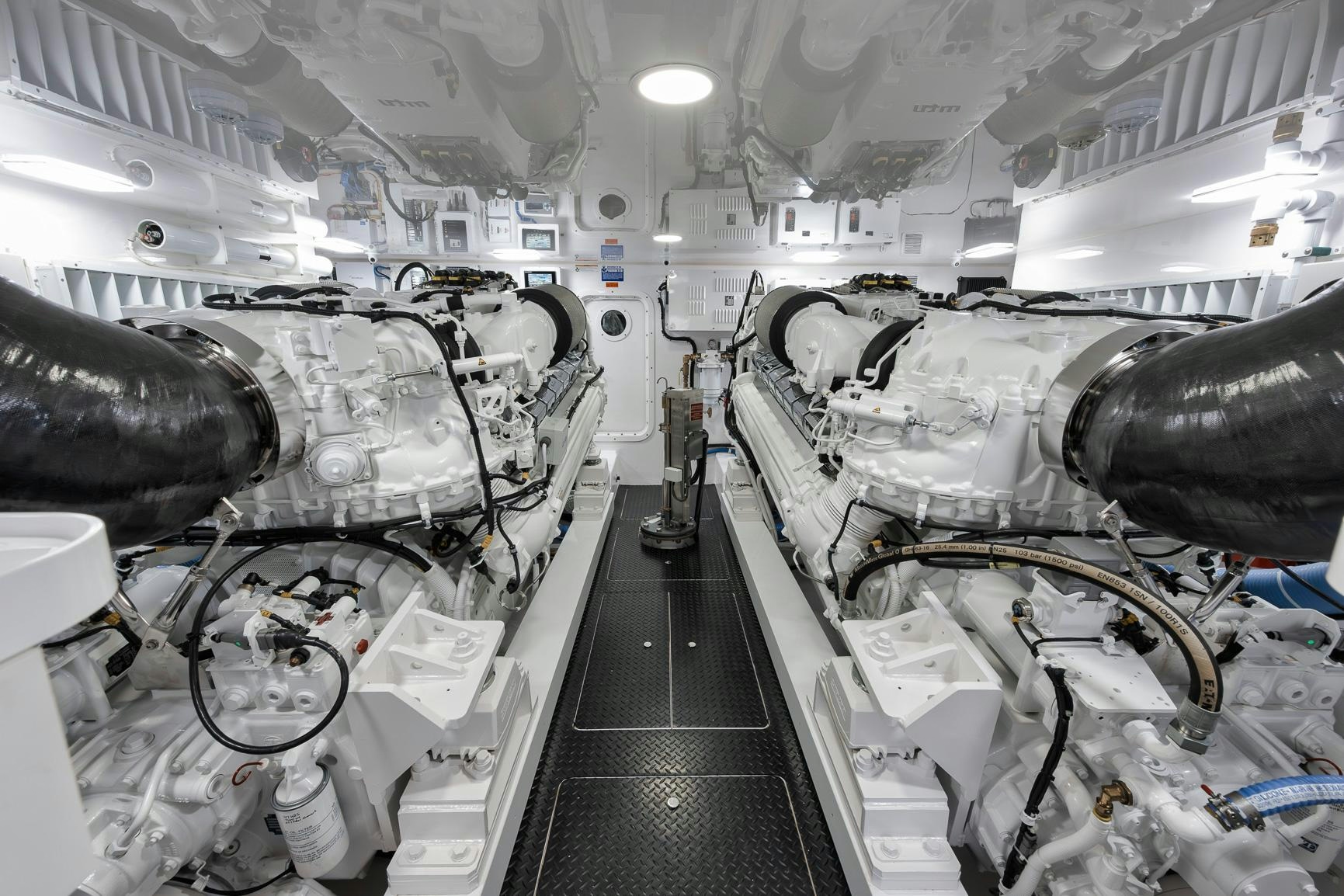
Why Aircraft Engines Lack Screens or Grills
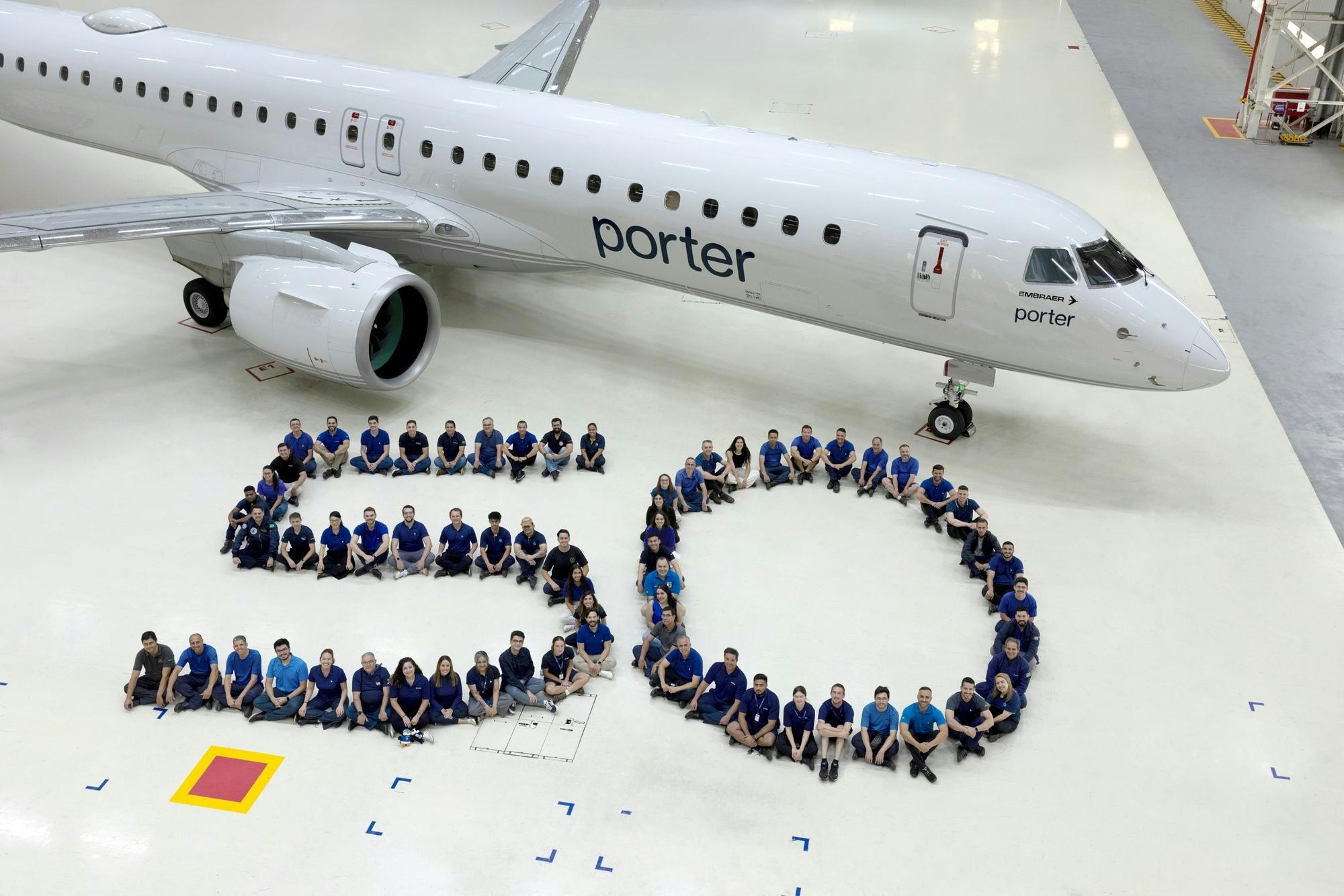
Porter Airlines Receives 50th Embraer E195-E2 Aircraft
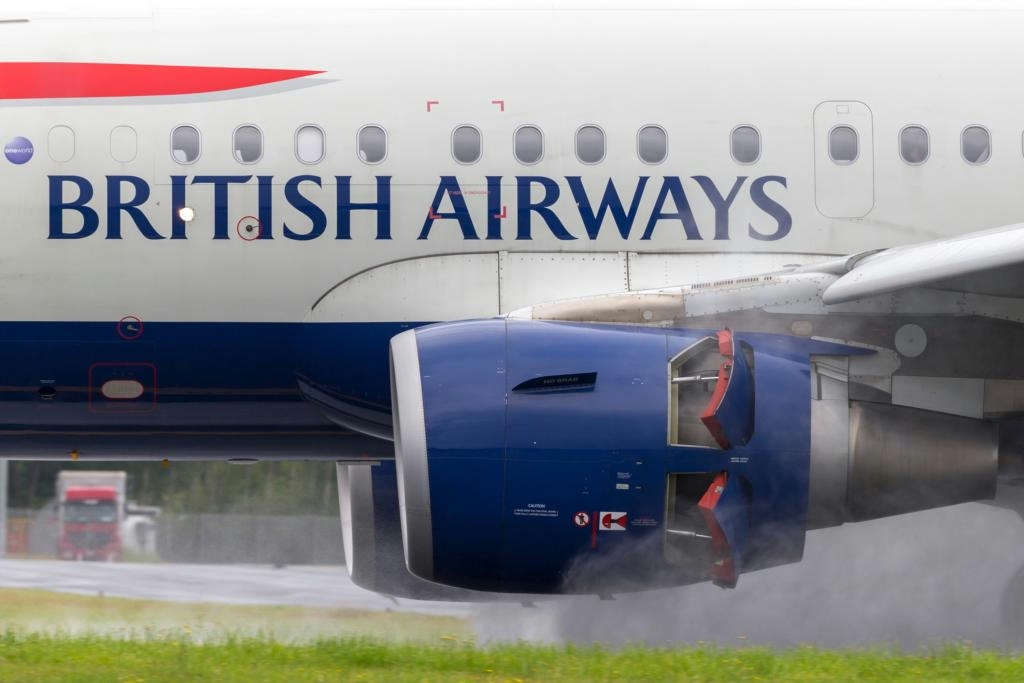
How Aircraft Engines Use Reverse Thrust During Landing
